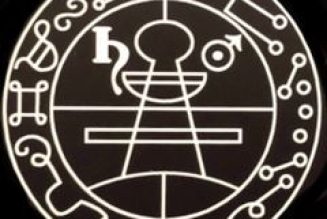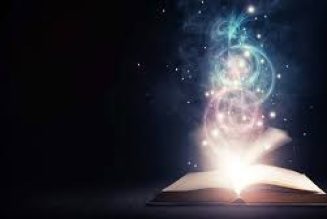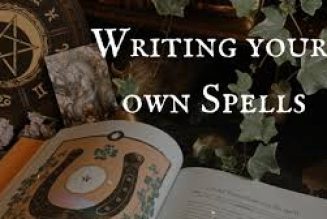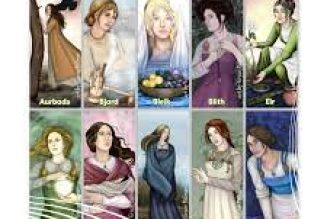
For many Wiccans, Hecate is the goddess most associated with Samhain. (The pronunciation of her name varies. Some say Hehkah-tay, some say Heck-a-tay, and a very few say Heck-ate. Most of the Wiccans I know say Heck-a-tay.) She’s not a Celtic goddess at all; she’s Greek, and pre-Olympian, but the Romans knew her, and introduced the Celts to her when the Caesars’s empire extended through Western Europe and into Britain. In Her maiden aspect, She’s a Moon goddess, in Her mother aspect She’s a goddess of magic, and as a crone, She’s an Underworld goddess. (She’s not the only Greco-Roman goddess known in Wicca’s homeland, either— Diana, a very strong manifestation of Maiden energy, is also a favorite of modern Witches.) One reason Hecate’s associated with Samhain is that Her Crone aspect is well developed. She’s a goddess of crossroads, of choice and change and turnings. In Greece and Rome, She was the goddess to whom both the living and the dead turned for purification,and expiation—a graveyard goddess. Janet and Stewart Farrar, in A Witches Bible Compleat (Magickal Childe, 1984), say that “Hecate is the Dark Mother, in both the positive and the apparently negative sense. She can send demons to torment men’s dreams; she can drive them mad, if they are not well integrated enough to cope with her; but to those who dare to welcome her, she brings creative inspiration.” According to the Farrars, one of her symbols is the torch, “which illumines the unconscious and reveals its treasures.” (It was Hecate, not Satan, who Shakespeare’s wonderful trio of witches worshiped. She’s a Triple Goddess of past, present, and future, whose visionary and divinatory powers are quite appropriate to Samhain.)





